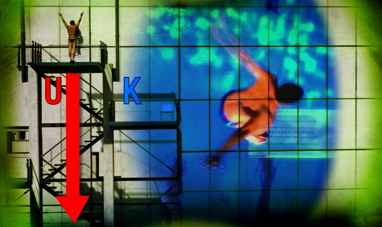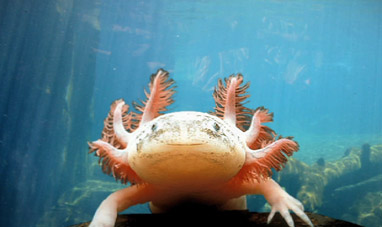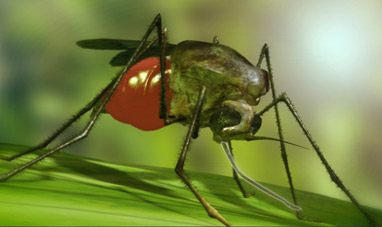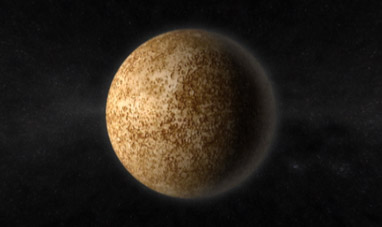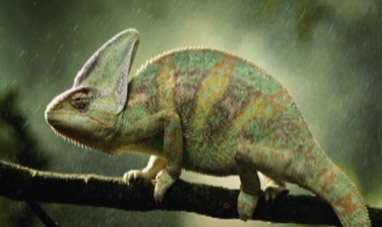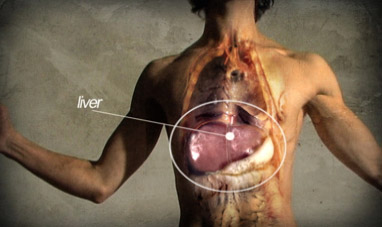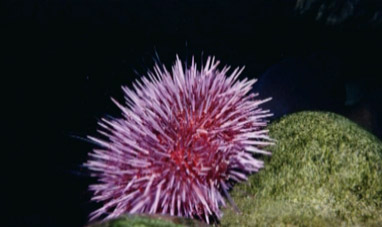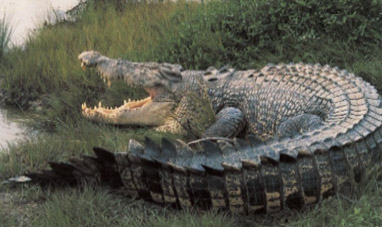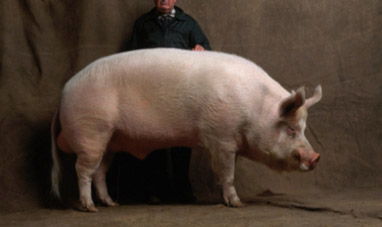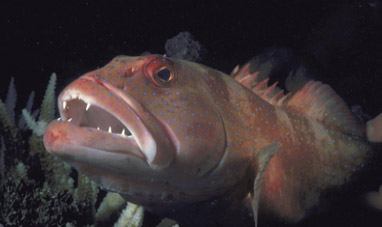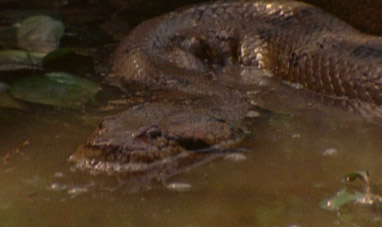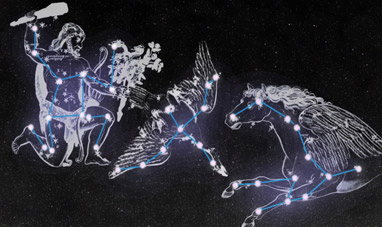The medusa, or the jellyfish, is made up of 98% water and is completely devoid of bones. Jellyfish are carnivorous. They feed on fish and small crustaceans. Jellyfish live for 3 to 6 months and are very adaptable. They inhabit temperate seas but can also be found in the Arctic. They have a simple nervous system that is not visible. The jellyfish feels the presence of light and interacts with its habitat through its tentacles. The jellyfish has 4 tentacles that contain a liquid that can sting and immobilize prey. It can also be harmful to humans. A fascinating jellyfish, common to the Mediterranean Sea, is the Pelagia noctiluca, which received its name because it is known to glow at night.
Another interesting jellyfish is the Aurelia aurita, whose internal organs take the shape of a four-leaf clover. Jellyfish come in many different colors such as red, purple, and green. The length of its tentacles can vary. For instance, the lion's mane jellyfish has tentacles that can reach 40m in length. The most poisonous animal known today is the so-called "sea wasp“, which is a jellyfish. However, there are animals that are immune to the venom of a jellyfish. Sea turtles, for example, like to eat jellyfish.
Some fish use its shell to deposit their eggs. In the lower part of the shell, between the tentacles, there is an oral cavity.
The oral cavity is the only means of communication for the jellyfish with the outside world. The oral cavity serves to take in food, to expel waste, and to help the jellyfish to move. In fact, the jellyfish moves by way of the contractions of its shell, which accepts and expels water at successive stages. The driving force of contractions, however, in smaller specimens, is so modest as to make it passive with respect to the ocean currents.
Jellyfish reproduces both sexually and asexually. During sexual reproduction, the male’s sexual reproductive cells release on the eggs of the female. The fertilized egg becomes a larva and sinks to the seabed where it becomes fixed. Here the larva assumes a form of intermediate life. It becomes a polyp. The polyp is an upside-down jellyfish whose shell is anchored to the seabed and whose tentacles face upwards. Thus begins the asexual phase. Without fertilization the polyp begins to self-reproduce and is divided into layers, assuming the appearance of a stack of saucers. Each layer then detaches from the polyp, capsizes, and becomes a jellyfish. Beautiful and poisonous jellyfish have always charmed man. In Greek mythology, Medusa was a young, attractive longhaired woman.The god Poseidon, in love with her, kidnapped her and took her into the temple of the goddess Athena. As punishment for the violation of her temple, Athena turned the young woman into a monster with snakes for hair and eyes that petrified anyone who dared to look at her.
Another interesting jellyfish is the Aurelia aurita, whose internal organs take the shape of a four-leaf clover. Jellyfish come in many different colors such as red, purple, and green. The length of its tentacles can vary. For instance, the lion's mane jellyfish has tentacles that can reach 40m in length. The most poisonous animal known today is the so-called "sea wasp“, which is a jellyfish. However, there are animals that are immune to the venom of a jellyfish. Sea turtles, for example, like to eat jellyfish.
Some fish use its shell to deposit their eggs. In the lower part of the shell, between the tentacles, there is an oral cavity.
The oral cavity is the only means of communication for the jellyfish with the outside world. The oral cavity serves to take in food, to expel waste, and to help the jellyfish to move. In fact, the jellyfish moves by way of the contractions of its shell, which accepts and expels water at successive stages. The driving force of contractions, however, in smaller specimens, is so modest as to make it passive with respect to the ocean currents.
Jellyfish reproduces both sexually and asexually. During sexual reproduction, the male’s sexual reproductive cells release on the eggs of the female. The fertilized egg becomes a larva and sinks to the seabed where it becomes fixed. Here the larva assumes a form of intermediate life. It becomes a polyp. The polyp is an upside-down jellyfish whose shell is anchored to the seabed and whose tentacles face upwards. Thus begins the asexual phase. Without fertilization the polyp begins to self-reproduce and is divided into layers, assuming the appearance of a stack of saucers. Each layer then detaches from the polyp, capsizes, and becomes a jellyfish. Beautiful and poisonous jellyfish have always charmed man. In Greek mythology, Medusa was a young, attractive longhaired woman.The god Poseidon, in love with her, kidnapped her and took her into the temple of the goddess Athena. As punishment for the violation of her temple, Athena turned the young woman into a monster with snakes for hair and eyes that petrified anyone who dared to look at her.




